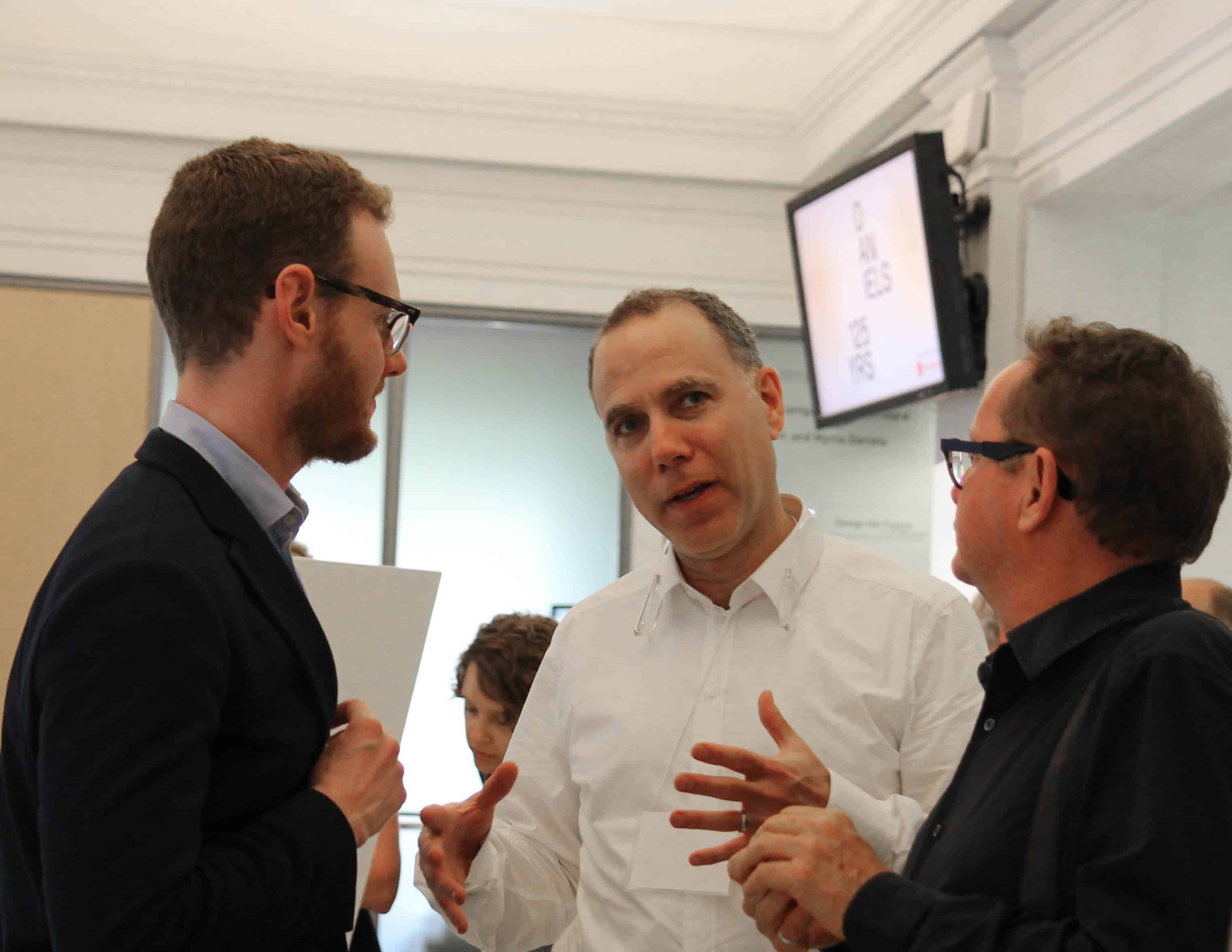The John H. Daniels Faculty of Architecture, Landscape and Design is celebrating its one hundred and twenty-fifth anniversary this year, having established Canada’s first architecture program in 1890.
To commemorate the milestone the faculty hosted an anniversary event on May 30, which included talks by prominent alumni architects, an exhibition showcasing the faculty’s past accomplishments, and an alumni cocktail reception at the Royal Ontario Museum.
For Richard Sommer, dean of the faculty, the landmark achievement goes “beyond the longevity of being the longest architecture school in Canada and North America.” Sommer says that the anniversary events are important both as a way to remember past accomplishments and as a way to look forward to the future of the faculty.
A rocky past
Originally established as the Department of Architecture in 1890, the discipline was part of the School of Practical Science, the predecessor of the Faculty of Applied Science and Engineering. It was the first architecture program in Canada and became an independent division in 1948.
The Faculty of Architecture first obtained faculty status in 1967, only to lose it eight years later. Consequently, its departments were either dissolved or transferred to other faculties. Architecture was re-established as a faculty in 1980.
In 1986, the university administration announced a proposal to close the faculty, a proposal that students and faculty members protested. Later that year, following an investigation by a presidential task force, the faculty’s continuation was assured on the condition that it adopt a school status and require its faculty to take cross-appointments. It was only in 1998 that Architecture gained faculty status for the third time.
Highlighting historical achievements
Joel Leon, a recent architecture graduate and former president of the Graduate Architecture, Landscape and Design Student Union, led the efforts in organizing the commemorative exhibition. Leon says that it was inspiring to see what previous generations had achieved, especially on issues concerning the city.
Leon named the faculty’s role in saving Old City Hall from destruction as one of its most significant accomplishments, referring to how faculty and students rallied against the planned demolition of the Old City Hall in the mid-1950s.
The exhibition presents a timeline that includes the dates between which its various deans served, as well as major events in the faculty’s history. Also on display are relics fromit’s past, such as desks, computers, and tools that reflect the evolution of architecture students’ methods and design processes.
Enthusiastic alumni
In addition to remembering past accomplishments, the event honoured the faculty’s distinguished alumni. For alum Nazila Atarodi, the event is an opportunity to “get together with alumni, celebrate what we have…we are excited to celebrate what the school has done for us.”
For Herb Strazdins, a graduate of the class of ’80, it’s nostalgic to revisit the old faculty and see old friends and former teachers. “It’s still the same as before — the library, the studio, the classrooms — it’s all still here,” he says, though he did notice a new computer lab.
“Another 125 years”
Design professor Robert Wright sees the anniversary as a celebration of “another 125 years of awesome students and professors.”
Wright expressed his interest in seeing the contributions of international alumni in their home countries: “U of T has a good reputation; international students come here to train then go back home, not just live in Canada.”
In terms of the future direction for the faculty’s programs and research endeavors, Sommer says that the faculty should “model new modes of scholarship that can be transformative of urban environments.”
“A creative method is essential to address an aging population, resource management, and environmental problems,” he adds. According to Sommer, U of T has a tradition of producing leaders. “This school is young and vibrant. They’re open to experiments and trying new things,” he says.
In recent years, the faculty has expanded to absorb the undergraduate Architecture and Visual Studies programs from the Faculty of Arts & Science. Sommer revealed that the Faculty of Architecture is currently working on creating a PhD program, now that the undergraduate programs have been established.


